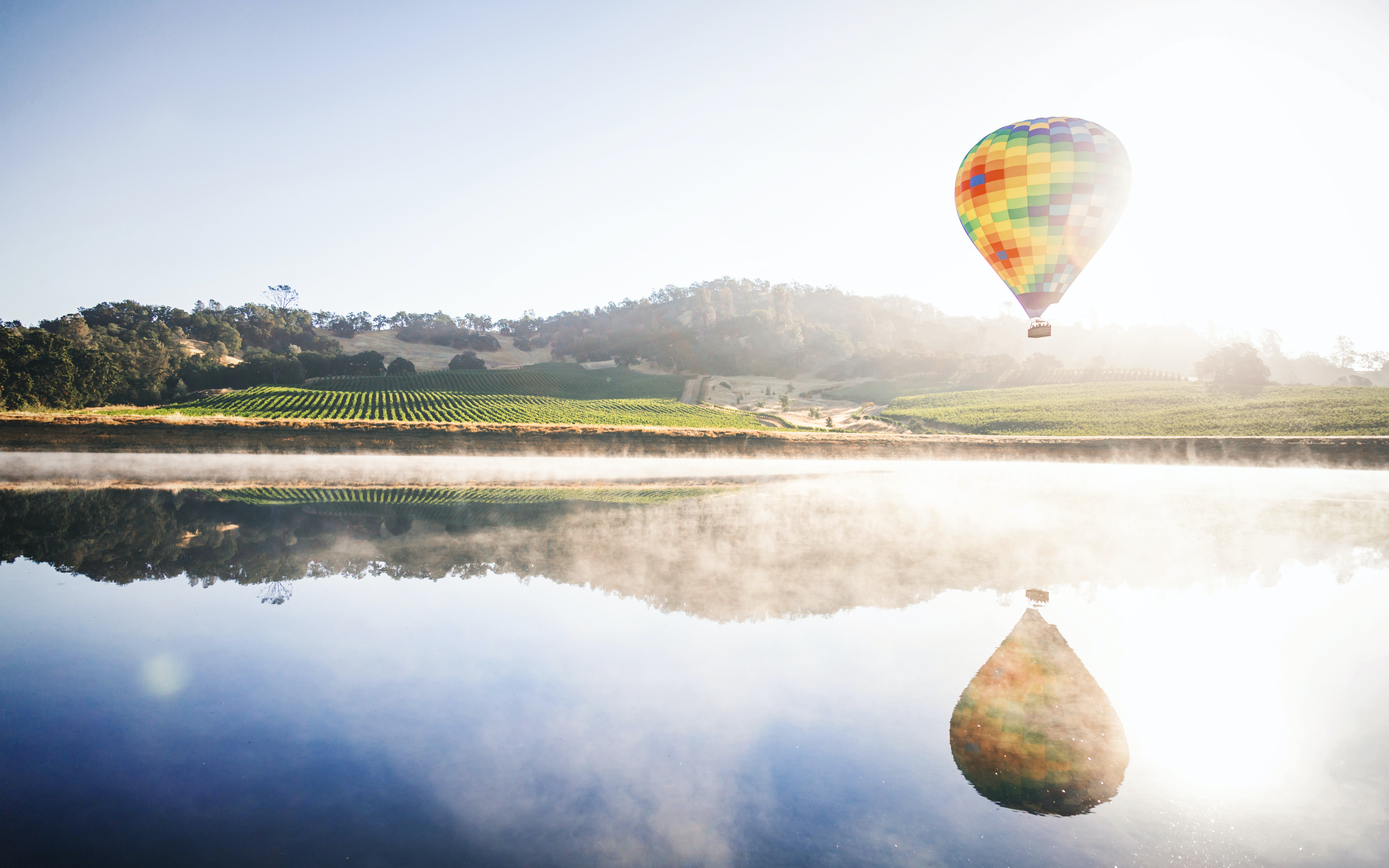
California’s first recognized appellation, the Napa Valley AVA is also its most prestigious and world famous. Tucked between the Mayacamas and Vaca Mountains to the west and east respectively, this proverbial oenological gold mine stretches just 30 miles long and just 5 miles at its widest point.
Driving north from the San Pablo Bay and towards Calistoga up one of the valley's two main arteries, either Hwy 121 or Silverado Trail, the valley's true duality is laid out for all to see. There is no shortage of large, extravagant Chateau-like wineries lining the road, often on the valley floor, eager to host visitors for tastings and tours. So too are there still small, barn-sized operations, seemingly untouched by corporate sponsorship, that dot the hillsides. There’s no one way to describe Napa, which is perhaps its most endearing attribute.
Napa Valley, awarded AVA status in 1981, was the second such delineated wine region in the United States. Charles Krug set up the valley’s first commercial winery in 1861 and before the turn of the century, there were more than 140 active wineries. The region's dry-summer subtropical climate–also known as, Mediterranean–laid the foundation for viticulture, long before the local roads were crowded with weekend tourists. Looking at the valley now, it's almost hard to believe it's gone through the struggles of any classic wine growing region: vine disease, political turmoil (Prohibition), financial unrest, and now, a more volatile climate than any could have imagined. Still, seeing "Napa Valley" on a bottle of wine has become synonymous with world class quality, namely with Cabernet Sauvignon. Some of the world’s most celebrated, and expensive, expressions of Cabernet can be found here, championing a style that has come to be known as distinctly California.
As the region’s fame grew more widespread, money came pouring into the valley. Tourism became a driving force in the local economy. The little town of St. Helena is now a traffic bottleneck as well as a destination for wine lovers. Wineries became more than wine producers, they became destinations for the famous and purveyors of the luxury lifestyle. Smaller producers became household names, even becoming global wine entities. To some, the valley became more like Disneyland than anything. For others, hellbent on finding quality wine for quality prices within the valley, the Napa Valley AVA became their obsession, a misunderstood figurehead whose humble roots remain charming for those who care enough to look.
Eventually, the diversity of the valley was too great to simply remain as one AVA. The Napa Valley AVA was subsequently divided into 16 different AVAs, an attempt to identify the unique and differentiating climates, soil deposits, and styles found throughout the thin, elongated stretch of vines. When talking about the Napa Valley AVA now, one can’t help but delve into a more specific discussion about those sub-AVAs, the producers inhabiting them, and the wines representing their identity. Talking about Napa isn’t so simple anymore, though perhaps it never was. One thing is simple enough to understand, though: no single region in the "New World" moves the needle in worldwide wine markets like Napa.
By entering this website, you certify that you are of legal drinking age in the United States.